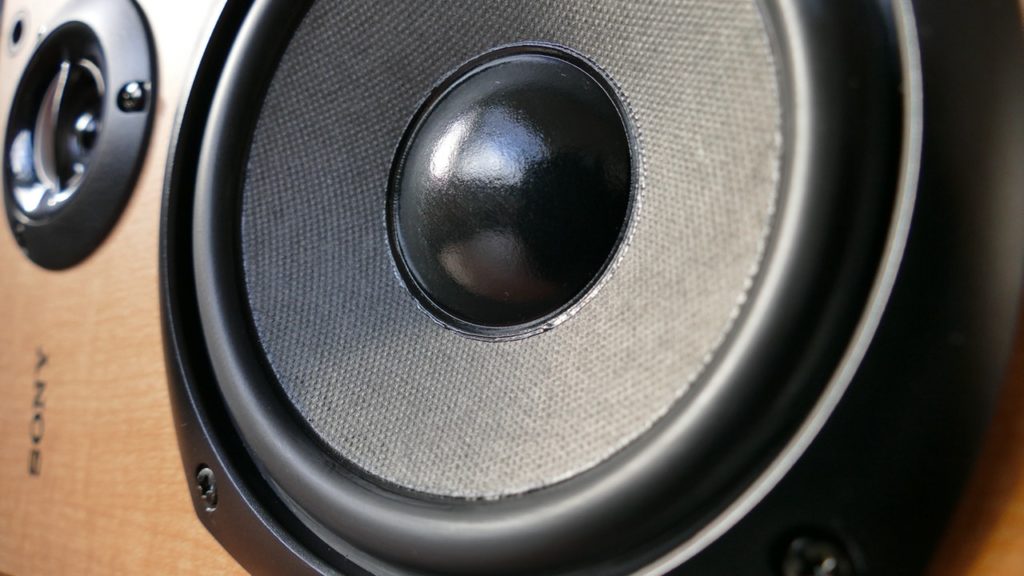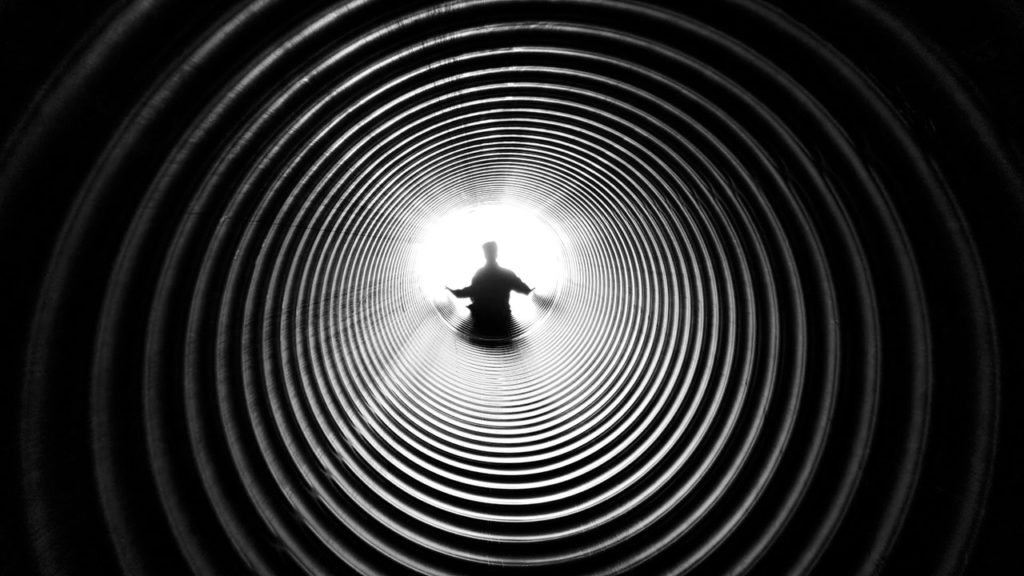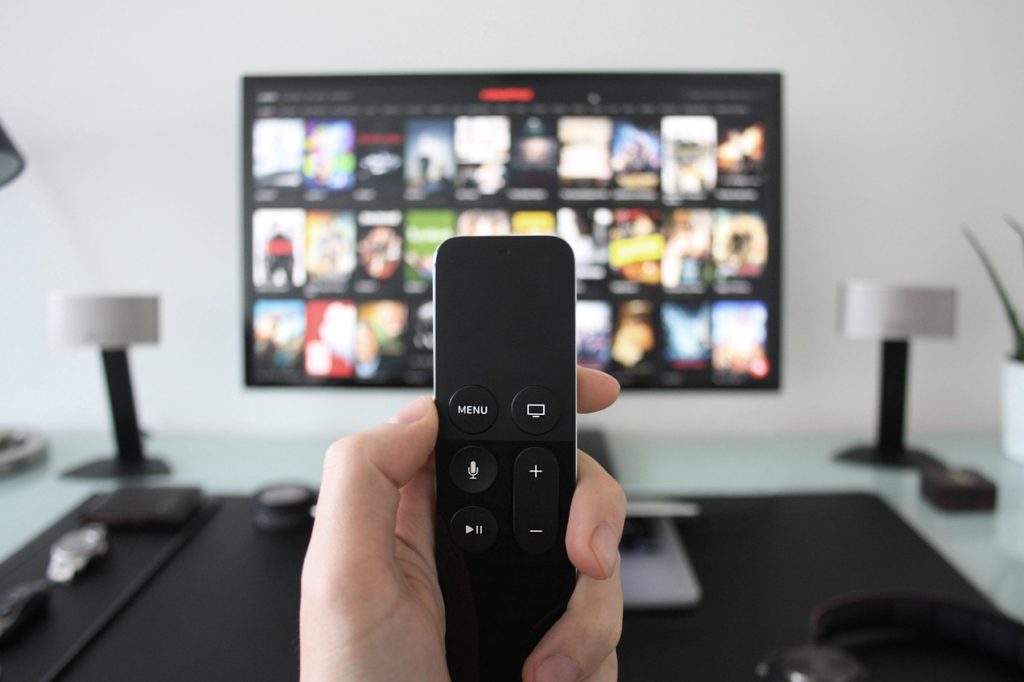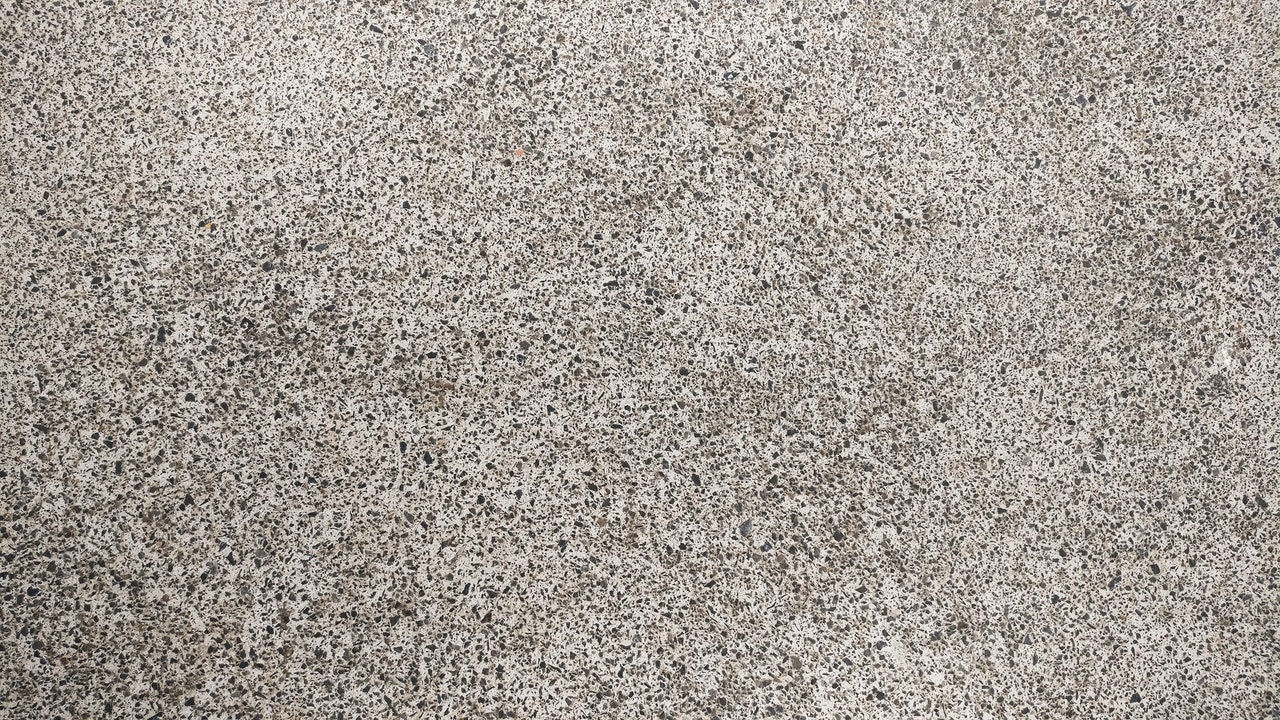If you struggle to fall asleep at night, it might be because your bedroom is too quiet. Sound machines are a popular way to encourage feelings of fatigue without the need to use a medication sleep aid or a supplement like melatonin. About 5% of people sleep with such a device, using everything from a YouTube video to a box fan to create an audio blanket.
Sound machines are useful for people who live near a busy street or have loud noises at night that could disturb their rest. It is also helpful to have this audio present if you typically have racing thoughts in the evening that don’t calm down with meditation, journal writing, or other interventions.
Some people are so unsettled by a total absence of noise that a quiet bedroom makes it impossible to sleep. Having a little sound in the background can help you to tune out the various bumps in the night that try to wake you up, leading to a better evening of rest.
Noise Does Not Help Everyone Sleep Better

The optimal sounds for sleep often come down to your personal preference more than anything else. Some people like to fall asleep while listening to their favorite television shows or movies in the background. Others prefer options like pink or brown noise over the white variety.
Nature sounds are another popular option. Hearing the sound of the rain or the rush of ocean waves coming to shore can be deeply peaceful.
You do not biologically need sound for sleep, but you can also get into a space where you must have it because you’re using the sound cues each night as part of your routine. It becomes a psychological addiction in a sense, although the benefits of sleeping with an audio blanket usually outweigh any of the disadvantages.
That also means the optimal sound in some bedrooms might be nothing. Some people stay up when there is noise because they remain focused on that audio. You can become accustomed to not having disruptions present as you can for having them around, and each can make it more of a challenge to get to sleep.
What Is White Noise?

White noise is a consistent audio stream that plays out evenly across all of the sound frequencies that human ears can detect. It provides an equal amount of stimulation across every hertz (the unit of frequency), like a gigantic band all playing slightly different notes.
That is why many partners of loud snorers can sleep better when a CPAP machine is present in the bedroom. Instead of having the peaks of audio that can occur frequently, there is the white noise of the equipment operating instead.
There are other forms of noise which can play a similar role for sleep, often called “pink” or “brown.” It is still essentially white noise, but it comes with a twist.
Pink noise produces a louder audio blanket on the lower end of the sound frequencies that people can hear, which is sometimes useful for those who suffer from a hearing condition like tinnitus.
Some find the higher frequencies of white noise to be irritating and unpleasant, like the sound of nails on a chalkboard.
Brown noise, which is also Brownian or red noise, is even deeper and more robust on the lower end of the hertz spectrum. It eliminates the high-frequency sounds of the pink or white options, similar to what you might hear along an ocean shore when the waves start to rise in intensity because of a storm.
You can also focus on the higher frequencies while reducing the lower ones, which is an option called violet noise. This sleep audio sounds a lot like bacon frying in a pan.
There are several other colors on this spectrum to consider as well. If you find that sleeping in a quiet room is a challenge, then choosing one of these options could lead to better rest.
Is a Television the Right Way to Add Background Noise?

Even if you have no other option available, the television is not the right choice to use. Not only do you have the hum of the electronics as white noise present, but you also have the variability of audio that can occur between shows and commercials. The volume difference can be enough to trigger a state of wakefulness in some people.
If you don’t like the idea of purchasing a sound machine, then consider running a sleep noise app on your mobile device. It will play the helpful audio for a specific time, then shut down when you are fully asleep. Some YouTube videos can produce this for you as well, although there can be advertising on some streams that could wake you up inadvertently.
Then there is the issue of sleeping with a partner who needs audio for their rest, but you prefer a quiet environment. Earplugs are helpful in this situation because you can block the annoying sounds without disturbing the other person. Earbuds are another option to consider for the individual who needs an audio blanket for rest, but their partner does not.
If you choose to sleep with earplugs or earbuds, make sure the product fits snugly in the ear canal without being painful. Side sleepers should look for an option that sits flush to reduce the risk of discomfort. Those who toss-and-turn at night will want to explore other options.

Noise can be an essential sleep aid for some people. If you want to avoid supplements or medications that make you feel tired and changes to your bedtime routine are not enough, then consider this option to promote a better night of rest.




